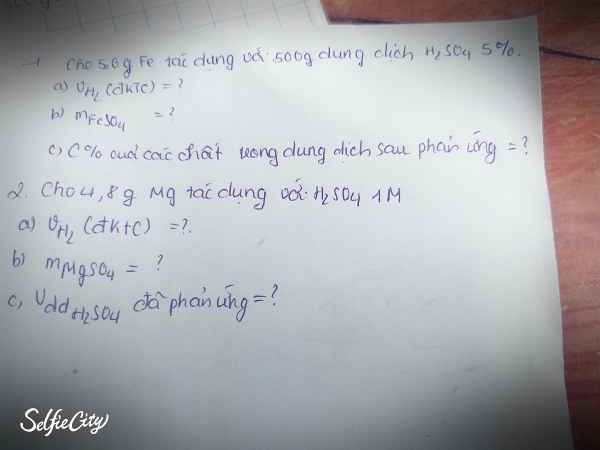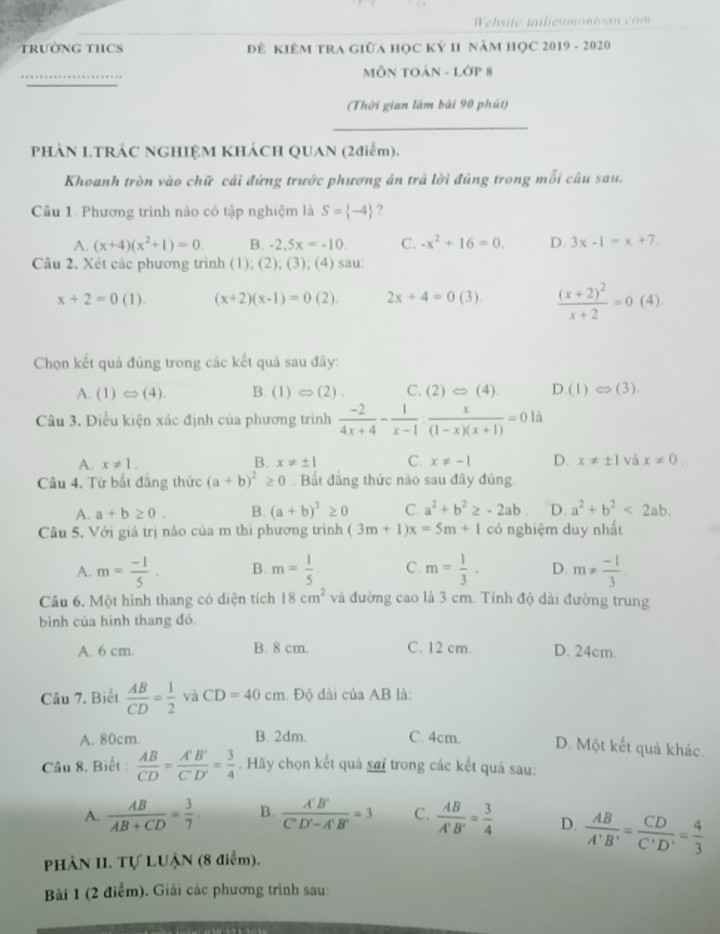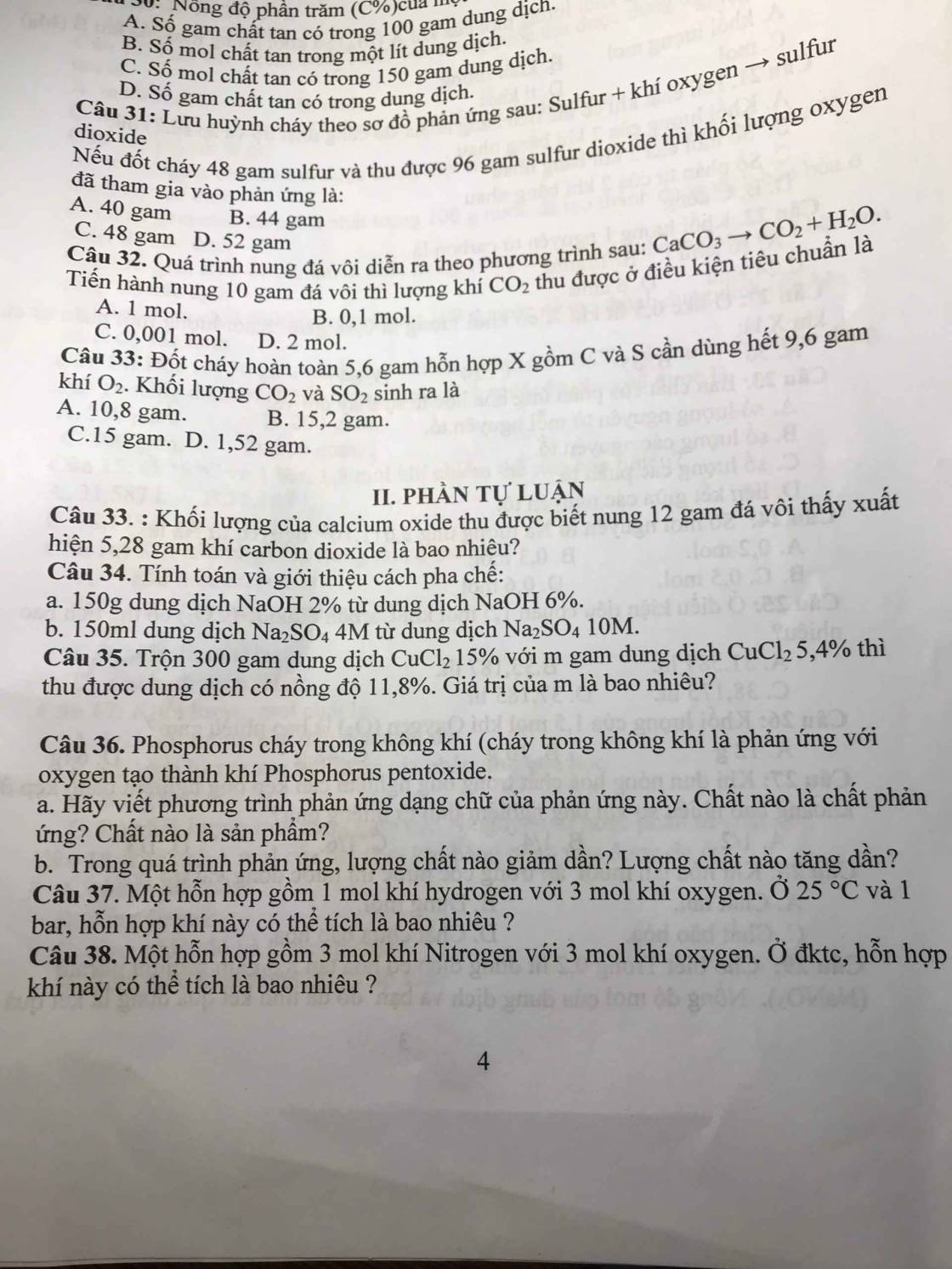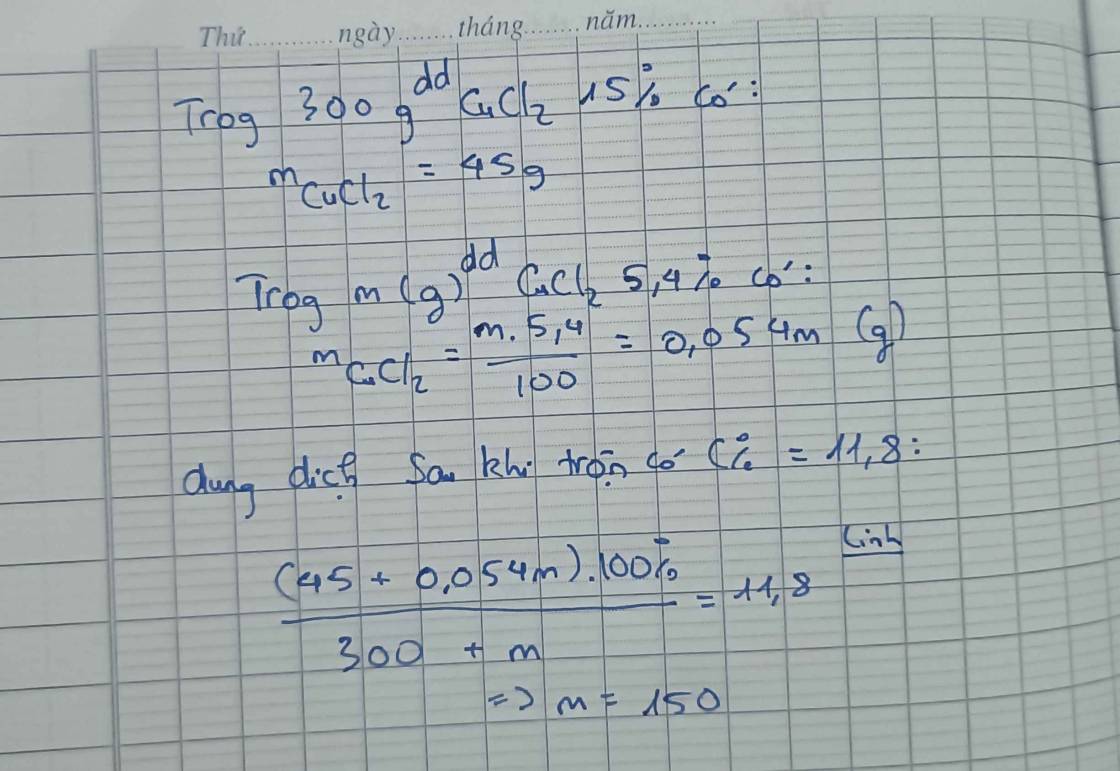giúp e với ạ!! t7 thi em thi nói rùi:((
Hãy nhập câu hỏi của bạn vào đây, nếu là tài khoản VIP, bạn sẽ được ưu tiên trả lời.


Bạn tk:
The gas giant Jupiter, the next planet beyond Mars in the solar system, is inhospitable to life in any currently imaginable form. But its icy moons – especially Europa – have potential. A number of missions have flown past Jupiter and its moons on route to other places, but Nasa’s Galileo mission was the first designed to specifically orbit the planet and study its moons. It collected images and data in the Jovian system from 1995 to 2003, passing Europa 12 times.
Jupiter’s moon Europa is one of the most likely places to harbour life outside Earth, with its liquid oceans and gravitational energy sources
Pictures and data collected by this spacecraft suggest that Europa has a layered structure like Earth: an iron-rich core, a rocky mantle and a crust of ice. Magnetic field measurements found an electric current inside, consistent with a salty liquid ocean beneath the thick crust of ice around the whole planet. Photographs showing huge cracks in the ice, taken by the same mission, support this idea.
Europa’s surface resembles Earth’s sea ice in Antarctica, explains François Poulet from the Institute of Space Astrophysics at the Université Paris-Sud in France: ‘It indicates that the ice is geologically pretty young and it could be proof of its interaction with a reservoir of liquid water.’ In December 2012, the Hubble Space Telescope also detected water vapour above Europa’s South Pole and it was proposed this came from erupting water plumes. Spacecraft have not yet seen these plumes, however, so if they do exist they must be intermittent.
So, Europa probably has water. But what about the other two necessary components to be habitable? It has a source of heat energy coming from the friction of being pulled towards Jupiter’s gravitational field by different amounts during different stages of its elliptical orbit. There is also plenty of radiation around Jupiter to potentially start chemical reactions (strong enough to also very quickly destroy any organic compound formed). But whether it has the correct raw chemical ingredients isn’t yet known; modelling suggests that it might, but more hard data is needed.
In 2022, both the European Space Agency (ESA) and Nasa plan to launch spacecraft that will get up close and personal with Europa. ESA’s Jupiter Icy Moons Explorer (Juice) will take over seven years to reach the Jovian system. ‘We will arrive at the end of 2029 and start operation during 2030,’ says Poulet, a member of the team developing the visible and infrared spectrometer onboard called Majis (Moons and Jupiter Imaging Spectrometer). The main target of the Juice mission is Ganymede, another of Jupiter’s moons, but Europa will receive two flybys. Majis will characterise the surface composition of this moon and – together with the UV spectrometer onboard – determine the composition of Europa’s very thin atmosphere. Other cameras and spectrometers will also help build understanding of this icy world’s interior and crust.
For Nasa’s Europa Clipper mission, Europa is the star of the show. While the seemingly obvious mission would be to orbit Europa for a few years, any spacecraft doing this would be exposed to life-shortening radiation from Jupiter. Instead, Europa clipper will orbit Jupiter, dipping in and out of its radiation belt. It will carry out at least 45 close flybys of Europa over three and a half years. A mixture of cameras and spectrometers will examine the moon and its tenuous atmosphere. If the water plumes above the South Pole do exist, it will also be able to fly through these and therefore directly measure the chemical composition of the moon’s ocean. If the Europa Clipper launches in 2022, there are two possible arrival times for it: 2025, if Nasa’s new Space Launch System (SLS) that is currently in development is used, or January 2030, if a traditional rocket is used.

Tham khảo
Quê hương có một vị trí quan trọng trong lòng mỗi người. Mỗi người dân Việt Nam đều có tình cảm thiêng liêng gắn bó với quê hương xứ sở của mình. Đối với những con người lao động, nhất là người nông dân, họ đã gắn bó mật thiết với quê hương. Từ lúc cất tiếng khóc chào đời, rồi tuổi thơ đẹp đẽ, những công việc lao động, rồi cuộc sống gia đình, cho tới lúc chết họ đã sống gắn liền với làng quê. Tình cảm yêu quê hương đất nước là một truyền thống tốt đẹp và đáng quý của dân tộc Việt Nam. Cho dù có ở nơi xa nhưng mỗi người vẫn luôn nhớ về quê nhà của mình. Quê hương như một người mẹ hiền ôm ta vào lòng và dành cho ta những gì tốt đẹp nhất. Quê mẹ là nơi ấp ủ tình yêu thương, nơi nuôi ta lớn, dạy dỗ, an ủi che chở cho ta. Quê hương - hai tiếng thân thương mỗi lần nghe thấy chúng ta không khỏi xúc động bồi hồi. Tình yêu quê hương đã ăn sâu vào máu thịt, đi sâu vào lòng mỗi con người. Vì vậy nếu ai chưa nhận thức chưa có tình cảm gắn bó với xứ sở của mình thì hẳn họ chưa được coi là trưởng thành. Quê hương đi vào lòng con người một cách rất tự nhiên. Người ta có thể nhớ tới quê hương đất nước của mình chỉ qua một món ăn bình dị hay một địa danh đã gắn liền với những kỷ niệm đẹp... Ôi quê hương sao đẹp quá !Thử hỏi có ai là không yêu quê hương không ? Câu trả lời tất nhiên là không rồi . Nếu bạn yêu quê hương thì hãy phát triển nó thật giàu mạnh nhé!
- Câu nghi vấn :Thử hỏi có ai là không yêu quê hương không ?
- Câu cầu khiến : Nếu yêu quê hương thì hãy phát triển quê hương mình cho giàu đẹp nhé!
- Câu cảm thán :Ôi quê hương sao đẹp quá !
- Câu trần thuật :Từ lúc cất tiếng khóc chào đời, rồi tuổi thơ đẹp đẽ, những công việc lao động, rồi cuộc sống gia đình, cho tới lúc chết họ đã sống gắn liền với làng quê.
Không có ý nói em tham khảo là sai nhưng chị nghĩ là những bài ôn tập để thi giữa kì như thế này em nên gợi ý cho bạn ấy để bạn ấy tự làm sẽ tốt hơn, để người ta tự viết thành bài hoàn chỉnh sẽ tốt hơn.

2x² + 5x - 12 = 0
∆ = 25 + 4.2.12 = 121
x₁ = (-5 + 11)/4 = 3/2
x₂ = (-5 - 11)/4 = -4
Bảng xét dấu
x -∞ -4 3/2 +∞
2x²+5x-12 + - +
Các nghiệm nguyên của bpt là: -4; -3; -2; -1; 0; 1
Vậy bpt đã cho có 6 nghiệm nguyên

\(a,m=0\Leftrightarrow y=3x+2\)
Vì \(3>0\) nên hàm đồng biến
\(b,\text{Thay }x=-1;y=3\\ \Leftrightarrow-m-3+2=3\Leftrightarrow m=-4\\ c,\text{PT giao Ox: }y=0\Leftrightarrow x=-\dfrac{2}{m+3}\Leftrightarrow A\left(-\dfrac{2}{m+3};0\right)\Leftrightarrow OA=\dfrac{2}{\left|m+3\right|}\\ \text{PT giao Oy: }x=0\Leftrightarrow y=2\Leftrightarrow B\left(0;2\right)\Leftrightarrow OB=2\\ \text{Ta có }S_{OAB}=4\\ \Leftrightarrow\dfrac{1}{2}OA\cdot OB=4\Leftrightarrow\dfrac{2}{\left|m+3\right|}\cdot2=8\\ \Leftrightarrow\dfrac{4}{\left|m+3\right|}=8\\ \Leftrightarrow\left|m+3\right|=\dfrac{1}{2}\Leftrightarrow\left[{}\begin{matrix}m=-\dfrac{5}{2}\\m=-\dfrac{7}{2}\end{matrix}\right.\)

1
\(n_{Fe}=\dfrac{5,6}{56}=0,1\left(mol\right)\\
pthh:Fe+H_2SO_4\rightarrow FeSO_4+H_2\uparrow\)
0,1 0,1 0,1 0,1
\(V_{H_2}=0,1.22,4=2,24\left(l\right)\\
m_{FeSO_4}=127.0,1=12,7\left(g\right)\)
\(m_{\text{dd}}=5,6+500-\left(0,1.2\right)=505,4\left(g\right)\\
C\%_{FeSO_4}=\dfrac{12,7}{505,4}.100\%=2,513\%\)
2
\(n_{Mg}=\dfrac{4,8}{24}=0,2\left(mol\right)\\
pthh:Mg+H_2SO_4\rightarrow MgSO_4+H_2\uparrow\)
0,2 0,2 0,2 0,2
\(V_{H_2}=0,2.22,4=4,48\left(l\right)\\
m_{MgSO_4}=120.0,2=24\left(g\right)\\
V_{\text{dd}H_2SO_4}=\dfrac{0,2}{1}=0,2M\)

Lời giải:
$A> \frac{1}{5.6}+\frac{1}{6.7}+\frac{1}{7.8}+...+\frac{1}{100.101}$
$A> \frac{6-5}{5.6}+\frac{7-6}{6.7}+...+\frac{101-100}{100.101}$
$A> \frac{1}{5}-\frac{1}{6}+\frac{1}{6}-\frac{1}{7}+...+\frac{1}{100}-\frac{1}{101}$
$A> \frac{1}{5}-\frac{101}>\frac{1}{6}$
---------------
$A< \frac{1}{4.5}+\frac{1}{5.6}+...+\frac{1}{99.100}$
$A< \frac{1}{4}-\frac{1}{5}+\frac{1}{5}-\frac{1}{6}+...+\frac{1}{99}-\frac{1}{100}$
$A< \frac{1}{4}-\frac{1}{100}< \frac{1}{4}$



 mọi người giúp mình câu 35 với ạ . Mai em thi rùi huhu
mọi người giúp mình câu 35 với ạ . Mai em thi rùi huhu
